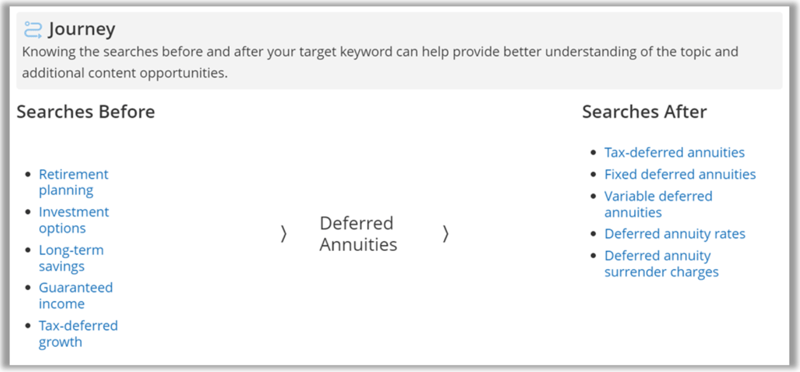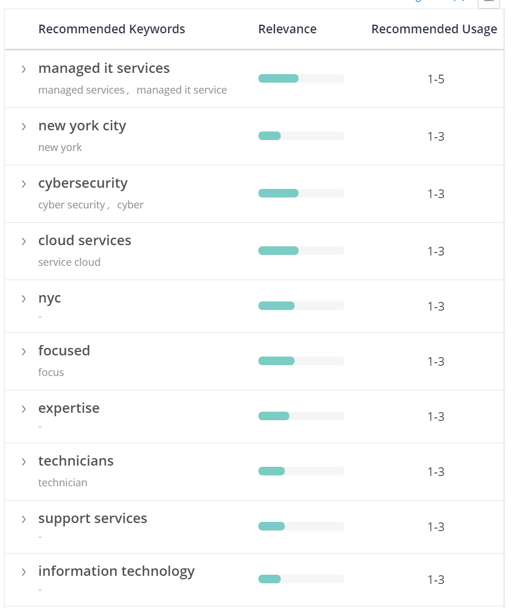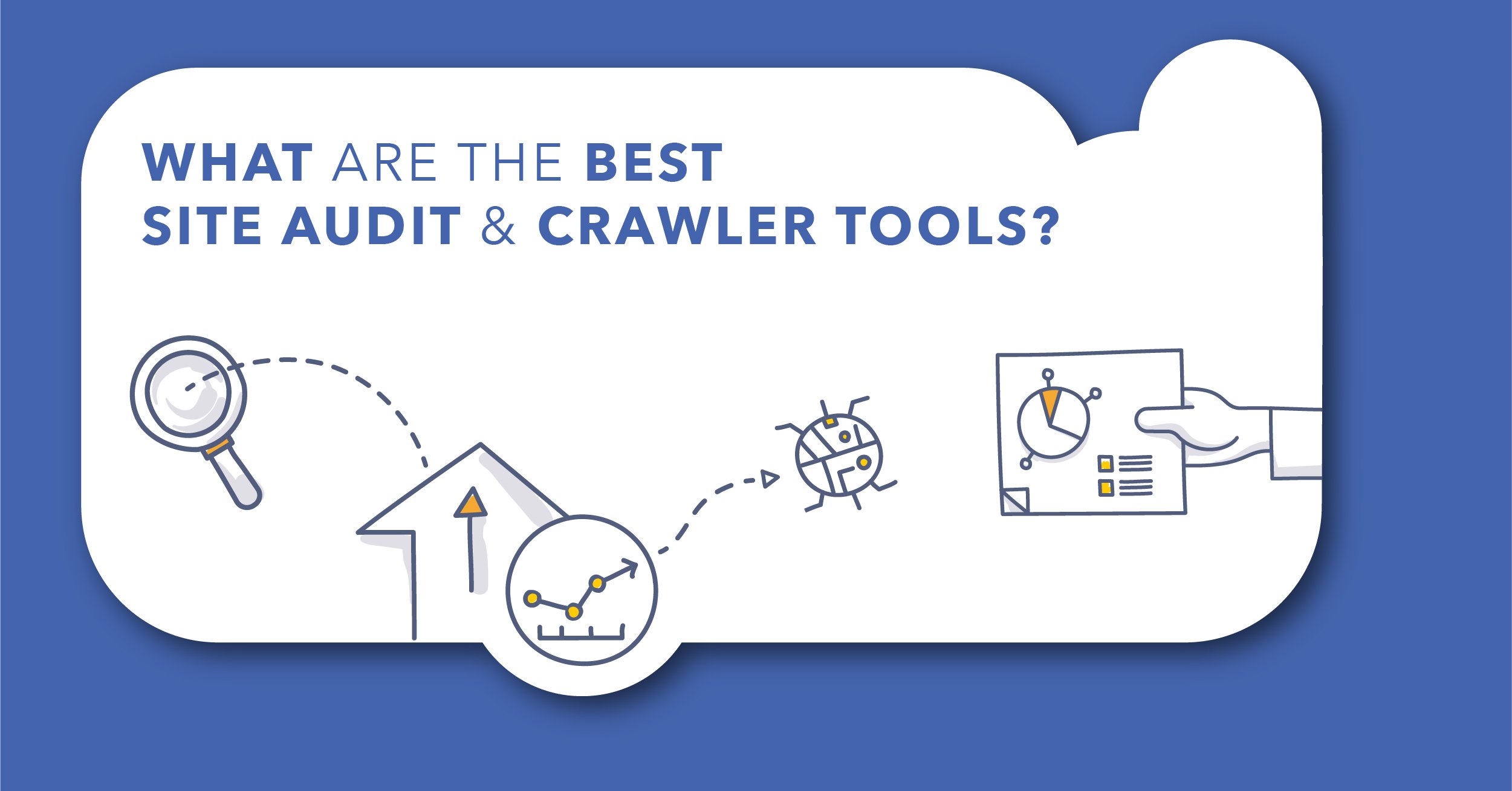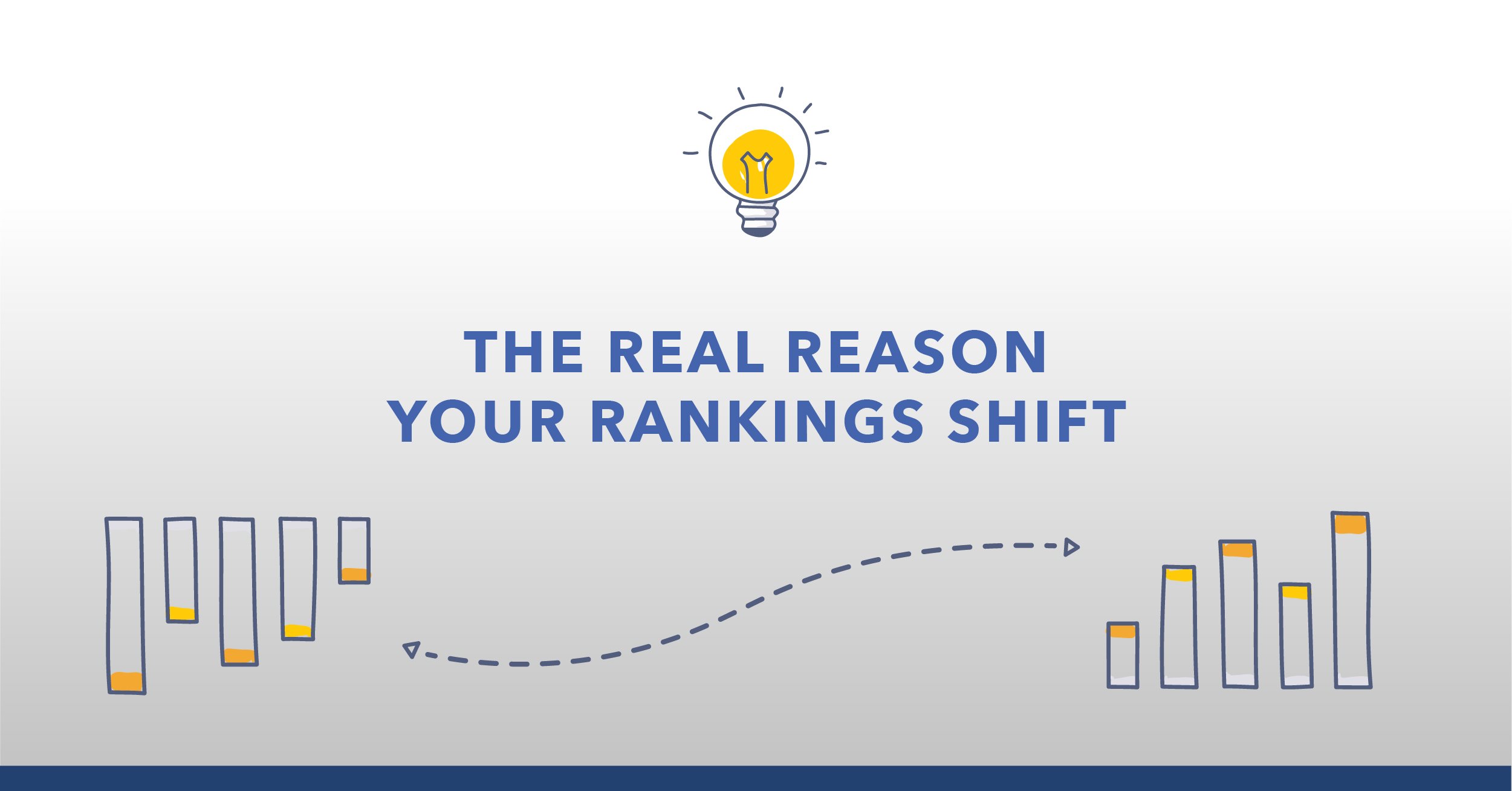One of the biggest challenges marketers face is providing their target customers with the right information at the right time.
Many create endless pages of content, unsure which topics truly matter. This leads to overlap, missed opportunities, and wasted effort.
AI search has made this even harder. It favors expertise, clarity, and depth over keyword-heavy pages. Thin or generic content rarely appears in AI summaries. To stay visible, content must answer questions directly and demonstrate real authority.
This post will show how to plan and organize content that meets these new standards and performs across both traditional search and AI-driven results.
Table of Contents:
Access our Content Mapping Template to get started building out your content strategy and finding new content opportunities.
How has AI disrupted the buyer’s journey?
AI has transformed how buyers move through the awareness, consideration, and decision stages. Discovery happens through AI search recommendations, and conversational AI assistants.
During consideration, generative AI summaries and comparisons bring reviews, features, and pricing into a single view, compressing what used to be multiple touchpoints into one moment of engagement.
This shift has made the buyer’s journey faster, less linear, and far more dependent on trusted, high-quality information. Because AI systems decide which content to surface based on clarity, authority, and topical relevance, content mapping is more critical than ever.
It ensures your expertise is organized around connected topics and entities, helping AI understand and recommend your brand across every stage of the modern journey.
What is Content Mapping?
Content mapping is the process of planning and creating content to meet specific needs along each stage of the customer journey.
To create a content map, content marketers must first define how each existing content asset relates to a customer’s needs and aligns with their questions, challenges, and goals at every phase of the buying funnel.
From there, they need to evaluate the gaps in their current content. This will help them uncover new content opportunities within each topic cluster to expand their authority and better support the buyer's journey.
This approach ensures that the right content reaches the right person at the right time, enhancing engagement and guiding them smoothly towards conversion.
What is the Buyer's Journey?
In simplest terms, the buyer’s journey is a framework that outlines the steps a consumer takes — from identifying a need and researching relevant information to making a decision. This process may vary between industries and product types.
In general, however, the process involves going through at least three main stages of a funnel toward a final purchase:
| Awareness | Evaluation | Decision |
| A person realizes they have a particular need or pain point and begin learning more about it. Most buyers exhibit an informational intent at this stage, and their main objective is to explore the problem and general options surrounding it. | Buyers begin to evaluate available solutions, products, or vendors. Their research will focus on more transactional or commercial terms as they look for data to justify their purchase decision. | Finally, a person has collected all the information they need and is ready to make a purchase. They use transactional phrases to find a vendor or a website to buy the item they’ve chosen. |
In short, when choosing products, a buyer:
- Develops an interest in a product or discover a need to solve a problem,
- Looks for more information about it (whether via a blog, infographic, webinar, etc.),
- Considers different alternatives, and
- Settles on one solution to buy.
Recommended Reading: Keyword Mapping Along the Buyer Journey
Why Is Content Mapping Important?
There are three main benefits of content mapping, apart from allowing you to position content along the buyer’s journey strategically.
-
Content mapping helps you understand customers better
To map content, you must learn more about them, and how they search for products or services your company offers. All this knowledge is bound to enrich your strategies and improve the results you deliver. -
Mapping content uncovers real customer needs
In fact, the process helps overcome one of the greatest challenges marketers face: having to work off assumptions only. As you’ll see shortly, content mapping removes any guesswork from the process, leaving you with hard facts and data that are relevant to your buyers. -
Content mapping defines your content development roadmap
This is particularly important when you have thousands of keywords to choose from and struggle to prioritize what to work on next. We've discussed this idea of forecasting your content needs in an earlier post, SEO Forecasting: How to Identify Your Organic Traffic Potential.
When you’ve mapped content ideas to the buyer’s journey, defining an SEO content strategy becomes ridiculously easy.
What Information Do You Need to Create a Content Map?
First, you must have a good understanding of whom you’re targeting in the search results – your buyer personas.
In short, a buyer persona is a detailed description of the ideal customer you’re trying to attract to your brand.
The other thing you need is their buying journey. You must define specific steps people take as they seek to purchase products or services like yours. I’ve outlined a generic customer journey above; however, the actual process for your business and products may be shorter or longer.
My recommendation is to research it with the sales team’s help. No one else knows your customers' buying journey better within the organization.
Finally, you need to conduct a content audit to identify what content you already have. This will help you understand what assets you can map to the buyer’s journey. It will also prevent you from accidentally duplicating those assets when creating new content.
Recommended Reading: 5 Actionable Steps to Building a Better Customer Journey
How to Create a Content Map
Now it's time to actually create your content map. To make things simple, we've outlined the process in two parts.
This content mapping guide will help you:
- Assess how your current content supports your target audience in their buying journey.
- Discover what information you’re missing and need to create.
- Discover what topics or insights would enrich your content even further.
Part I: Create a Topic Authority Map
One consistent element spans the entire buying journey: the evolving nature of the buyer's inquiries.
Initially, buyers delve into understanding their problem and its significance. As they gain insight, their curiosity pivots towards exploring various solutions. Ultimately, in the decision-making phase, their focus shifts to strategizing the implementation of a chosen solution.
Of course, these questions will also vary depending on the buyer persona and other factors. In general, however, you can assume that they’ll inquire about relevant information at every stage of the buying cycle.
Your content, therefore, should aim to answer specific questions, relevant to the person’s particular stage of the cycle.
| Cycle Stage | Awareness | Evaluation | Purchase |
| Questions |
What is it? |
How to use it? What steps do I take? |
How to implement it? Has anyone else used this? |
This structure is also important for AI search. Search engines analyze how your content answers related questions across a topic cluster, rewarding depth, accuracy, and clarity. A well-mapped topic hierarchy helps AI identify your site as a reliable expert source.
or more specific insight into the information your target audience is searching for at each stage of their journey, use seoClarity's User Search Journeys capability. In seconds, it reveals what users search for before and after target keywords, providing valuable insight into the top questions and needs of your target audience.
Here's an example:

To discover holes in your existing content, you need to assess which questions you’re already answering.
I typically do it this an Excel document, following these four steps:
- Create a section for every step of your customer’s journey. You could use the simple outline I listed above or add additional steps that buyers go through in your specific industry.
- Create separate breakdowns for every persona you target (optional). The chances are that they’ll seek different information in their journey. And so, it’s worth it to identify their individual needs to get a clearer picture of your content assets.
- List various questions these people would ask at every stage in separate columns. Again, if possible, do this for each persona separately.
- In every question column, start listing content assets (blog posts, pillar pages, product pages, etc.) that provide answers.
With this exercise, you’ll quickly realize where in the buying process you’re not providing relevant information.
Part II: Identify New Topics
In this step, we’ll dig deeper into the data to discover how to fill in the gaps in your strategy.
In particular, we’ll look into various SEO data points to uncover your audience's preferences and informational needs.
For this walk-through, I’m going to use our platform, seoClarity, and its many content marketing capabilities.
Step 1. Assess Keywords Driving Traffic to Your Current Content
Keywords offer the most direct insight into what information your audience seeks.
But, it's important to also look beyond just the search terms that bring visitors to your site. Analyzing any query that leads Google to rank a page can also shed light on your target customers' preferences.
Start by using Search Analytics to identify the keywords that drive traffic to your site.
Sorting by Impressions, review the terms and phrases for the content you already use to target a specific stage of the buyer's journey. I gather these terms and add them to my Content Map with the existing asset's URL.
This research typically uncovers interesting insights about the audience’s preferences. I ask, "How are they finding the already published content, and with what queries?"

Then, look at what terms are ranking well and what terms are just out of reach of the SERP. To do this, filter the results by Avg. Position between 11 and 30.
This reveals a couple of things: either this piece of content missed the mark and needs to be updated with more relevant information or there is an opportunity to create a NEW piece of content.
In the example below, I can see multiple terms that can be integrated into my content map, guiding the creation of new content or the optimization of existing material.

I do this planning within my own content map in an Excel spreadsheet (which I've replicated here as a content mapping template for you to download below).

So, to recap the first step:
- Pick one content asset from your authority map.
- Research topics that drive traffic to it. Depending on the number of results, you might have to filter to find queries with the highest potential. I typically look at those with the highest number of impressions and conversions first and assess where I could improve those results.
- List those topics beside your content asset in your content mapping template (see below for download).
Step 2. Identify Additional Topic Opportunities and Content Ideas
Topic Explorer helps you easily identify long tail queries for the cluster you're researching or terms previously used in other content assets.
This tool enables you to delve deeper, identifying more pertinent keywords connected to the initial term that's already driving traffic to your website.
Start with the topic you're researching and conduct a semantic search around that topic. We have covered this workflow in a previous post titled, Why Topic Strategy Matters Most in Keyword Research.
Step 3. Determine How to Optimize Current Content Assets
Content Fusion, our AI SEO content writing tool, is a real powerhouse when it comes to improving and enriching existing content.
Content Fusion collates various search query data and analyzes your content with a purpose-built deep learning algorithm to suggest what information could enrich it further.
Once you've found the key terms that are driving traffic to your site for a piece of content, use Content Fusion to show you what opportunities you may have missed in your original publication.
These optimizations aren’t just for human readers, they help AI models interpret your expertise accurately. Structured, factual, and complete content is far more likely to be cited or referenced in AI-generated summaries.
Let's imagine I'm a B2B brand looking to optimize a pillar page of content for the term "IT solutions". I can put this phrase and the URL of the content I want to optimize into Content Fusion to get an instant list of recommended keywords to include in my copy.

I can easily spot several opportunities to include further information on my page about cyber threats and managed IT services to strengthen its authority and relevance.
See how Content Fusion helped this global hospitality brand create 5x content across 800 pages: Creating Content at Massive Scale with Unmatched Industry Insights.
Access our Content Mapping Template to build out your content strategy and find new content opportunities.
Conclusion
You’re now ready to identify content gaps and create pieces that position your brand effectively across the buyer’s journey. By understanding how your audience searches, you can connect with them more strategically and drive stronger engagement.
As AI reshapes discovery, your content map becomes the foundation of AI search visibility. It organizes your expertise across related topics, helping AI recognize your authority and align your content with user intent.
Use the Content Mapping Template to get started and turn these insights into measurable content wins.
Editor's Note: This post was originally published in May 2018 and has been updated to reflect changes in the seoClarity platform.



.png?width=140&name=Untitled%20design%20(10).png)



Comments
Currently, there are no comments. Be the first to post one!